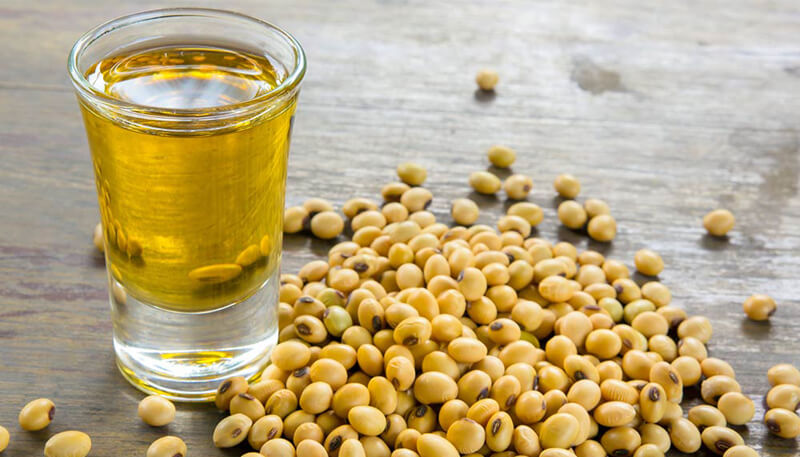Epoxy soybean oil
Epoxy soybean oil ( Payaflex ESO 60 ) is a yellow liquid, and the less yellowish it is, the higher the quality of the oil. Soybean oil is converted to epoxy through oxidation. The higher the conversion of double bonds to epoxy, the higher the compatibility of this oil with PVC, and the iodine value of the oil decreases while the oxirene number increases. The suitable iodine value for epoxy soybean oil for 95% compatibility with PVC should be less than 6. If this value is less than 3, the compatibility is 100%.
Examples of applications for this oil include wall coatings, floor coverings, packaging for food and pharmaceuticals, wire and cable coatings, irrigation hoses, etc. This plasticizer is used in the formulation of both rigid and flexible PVC. Usually, in rigid PVC formulation, it is used Between 1-3 phr ,But in flexible PVC, it is used Between of 1-5 phr.
On the other hand, the amount of plasticizer needed can be measured based on the relative softening power of each plasticizer compared to Dioctyl phthalate (DOP), which is called the Substitute factor ( SF ) . The value of this ratio for DOP is 1. If the value is greater than 1, it means that a higher amount of plasticizer is needed to achieve the same level of hardness as DOP. The replacement ratio of epoxy soybean oil is 1.1, which means that 10% more of this oil is needed to replace DOP.
:The role of epoxy soybean oil in the formulation
In PVC, in addition to its plasticizing role, it also acts as a stabilizer. Barium-Cadmium-Zinc ( Payastab BCZ 2121 and Payastab BCZ 4141 ) exhibit good properties and performance as stabilizers. This oil has a synergistic effect alongside metallic stabilizers such as calcium-zinc ( Payastab CZ 2370P ) and Tin compounds (Payastab MT19 ) .
This epoxy soybean oil is an inexpensive, non-toxic, environmentally friendly compound. So This plasticizer has resistance to heat, light, permeability, brittleness, decomposition rate, and migration. as result It is considered a suitable substitute for plasticizers such as DOP (dioctyl phthalate) because DOP cannot be used in the packaging of food and pharmaceuticals due to its toxicity.


